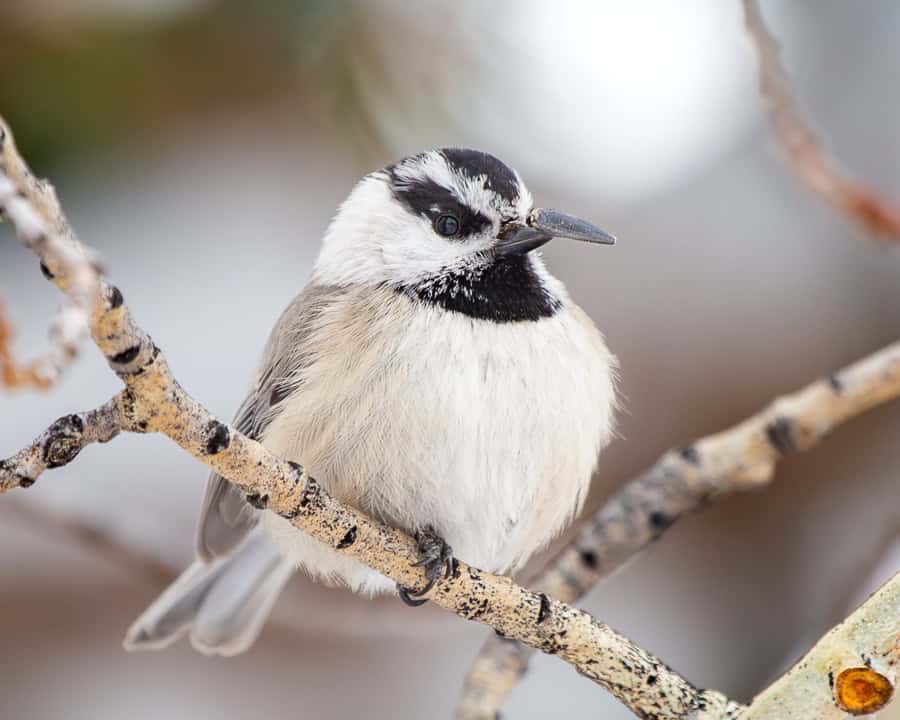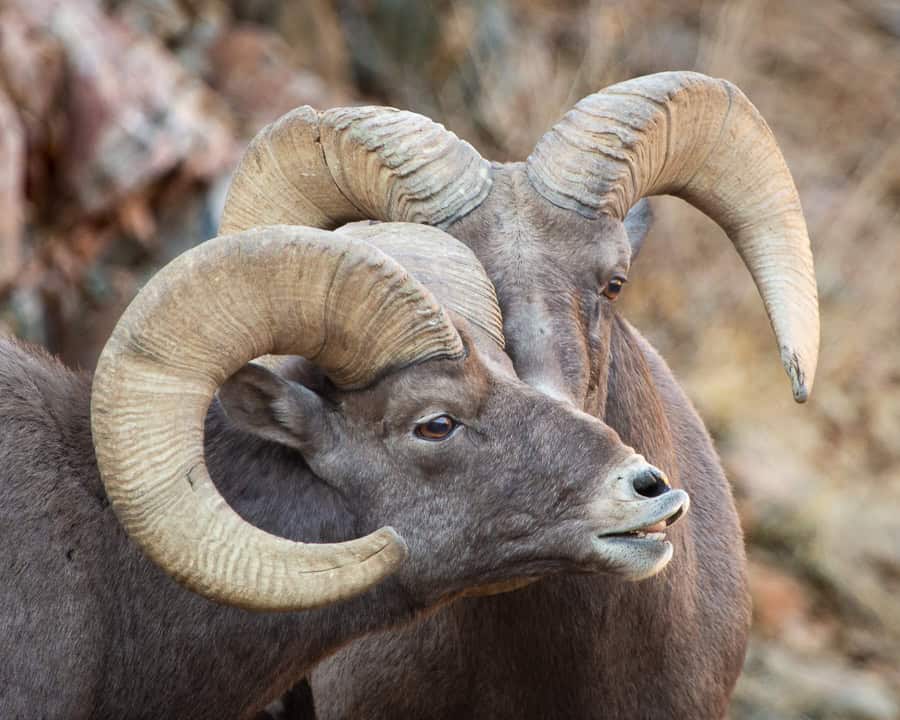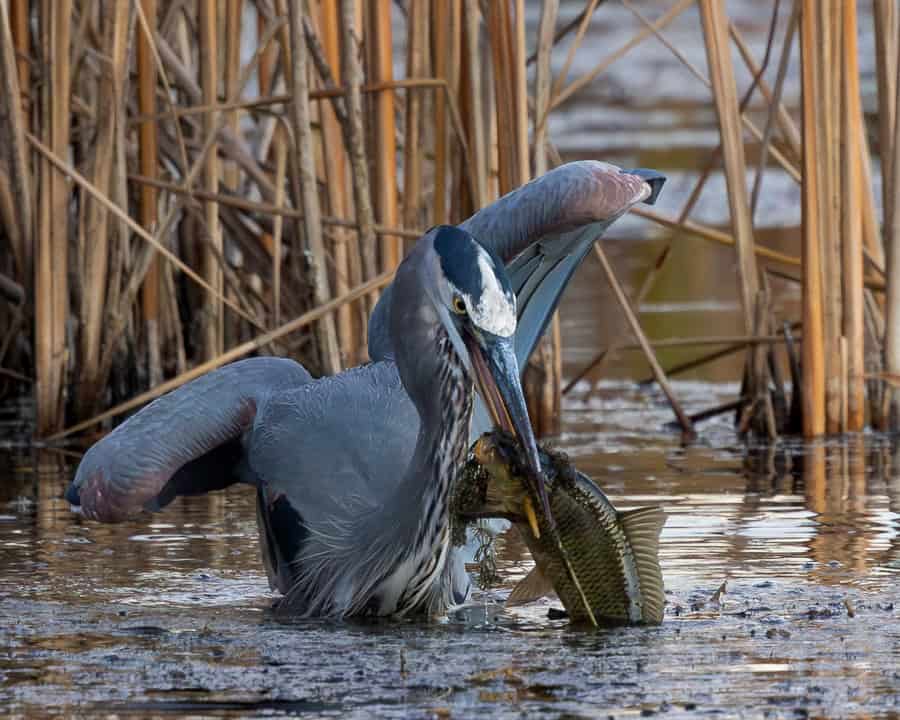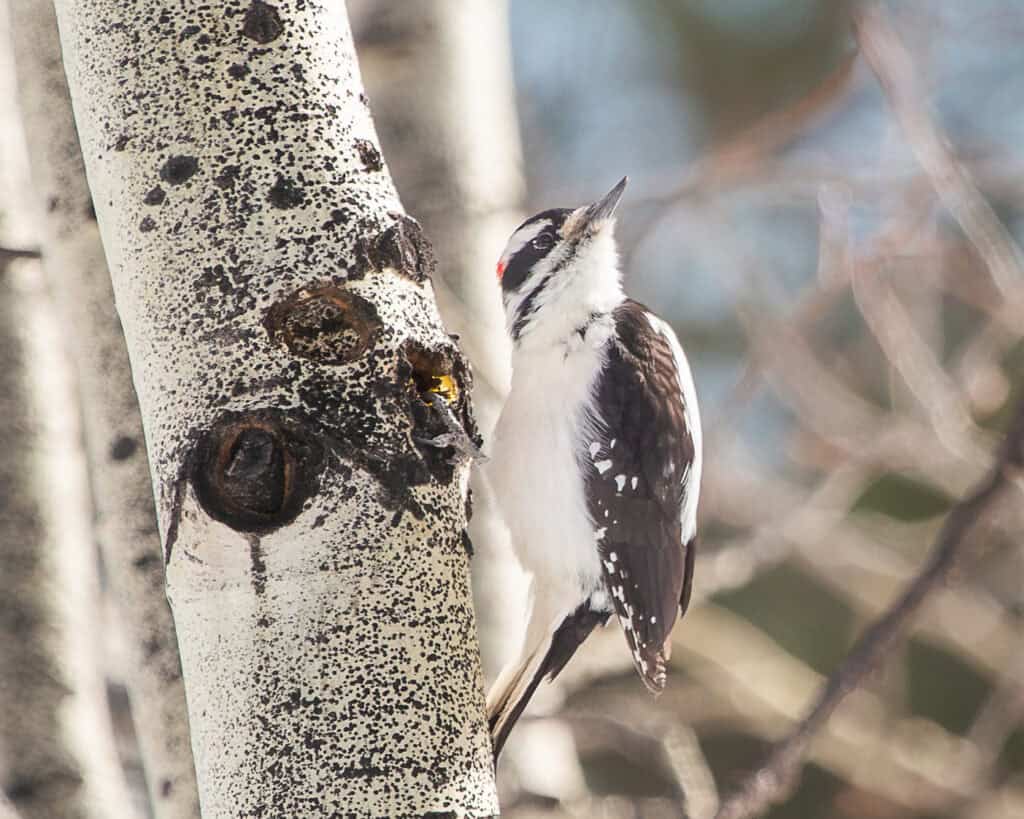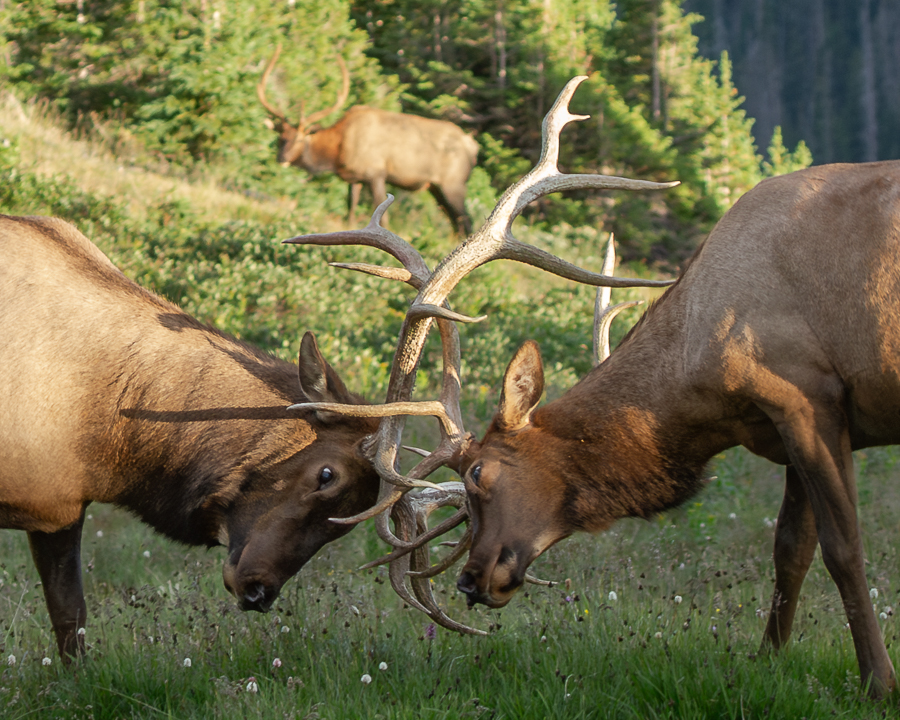While bird migration has been happening for countless millennia, it has only been in the last couple centuries that much of mankind understood they even occurred, much less how the act was navigationally performed. Indigenous cultures acknowledge the mystery in their lore, but “advanced” civilization has been casting wild theories about for ages. Everything from burying themselves in the mud of lakes and streams in the winter, to changing their coats seasonally and thus “transforming” into a different looking bird, all the way to migratory birds flying to the moon have been thrown about.

It wasn’t until the 1800’s that the reality of intercontinental migration began to be understood. In 1822 a White Stork was shot down over a small village in Germany, and when recovered, was found to have been impaled by an African spear. This was one of the first pieces of hard evidence of long-distance travel. A bird banding project in Denmark at the end of the 19th century was the first big step made in studying and understanding the movements, but the how of it all was still very much in the dark, both literally and figuratively.
Observations from the late 1800’s into the mid-20th century provided evidence of mass night migrations. These observations led to the theory that these birds navigate visually by the stars. The theory is upheld to this day, with seasonal publicized pleas to turn off house and streetlights during the migrations to cut down on light pollution that might confuse these birds. While certainly a part of the scientific puzzle, there is more to it than basic visual reference.
We know that birds use at least three methods, or “compasses”, to determine their location and direction. We know that they understand the sun’s position, and it’s changes as we travel through the seasons. Birds also have a visually learned knowledge of the position of the stars and their movement using the North Star as a stationary point of reference like human mariners of yore. The third method is their perception of, and sensitivity to, magnetic fields known as magnetoreception.
It is theorized that birds utilize this magnetoreception to create and essentially memorize a map on their first migration using the Earth’s magnetic field. Environmental disturbances such as getting blown off course make it so that only about 30 percent of migratory birds making their first trip arrive at their destination. That said, about 50 percent of adult migratory birds return to their exact same nesting locations with every trip with pinpoint precision.
Biophysicist Klaus Shulten theorized in 1978 that the avian compass must rely on magnetically sensitive chemical transformations. His interest in Radical Pairs, a concept discovered in the realms of quantum physics 10 years prior, led him to begin hypothesizing that there was a connection between the bird’s vision and their magnetoreception. Essentially, the creation of these pairs coupled with translation of their behavior into data as the basis for an electromagnetic “map” from which to guide migration, was the concept.
Radicals are molecules with an odd number of electrons which cause them to spin. When two radicals are created simultaneously via chemical reaction, they behave in a way that is uniquely sensitive to fluctuations of magnetic fields. Understanding that these radical pairs tend to form when a molecule absorbs light led Klaus to theorize that they are chemically created in a bird’s eyes, specifically in the retinas.
Schulten further hypothesized the existence of a sensory molecule (magnetoreceptor) which creates radical pairs. This receptor would need to be specialized to utilize specific light wavelengths (now identified in the blue spectrum) required for the creation of radical pairs that would behave as a navigational compass. A discovery near the turn of the 21st century of a protein known as a Cryptochrome led him to suggest that they might be the necessary magneto-receptor.
These proteins are found in all manners of plants and creatures, humans included. They have several functions including light-dependent control of growth and regulation of Circadian clocks. Interestingly, they are the only known photoreceptors found in vertebrates that create radical pairs when absorbing blue light. Furthering the support of the hypothesis is that 6 different types of cryptochromes have been discovered in bird’s eyes where no other magnetoreceptor molecules have yet to be seen.
Science being what it is, tests and studies are still underway to this day, and much of the radical pair concept is still just a hypothesis. The chemical science behind it all is incredibly complex with many variables. That said, the next closest theory involving iron molecules as magnetoreceptors has far fewer supporting data. So much has yet to be proven, but such is the nature of understanding Nature. As we wave goodbye to our summer neighbors, it is fascinating to think that such a complex system of chemically derived navigation with roots in quantum physics may well be the answer to one of nature’s greatest and most mysterious seasonal events.
Sources:
https://www.audubon.org/magazine/brief-history-how-scientists-have-learned-about-bird-migration
https://www.scientificamerican.com/article/how-migrating-birds-use-quantum-effects-to-navigate/
Originally published in The Mountain-Ear

